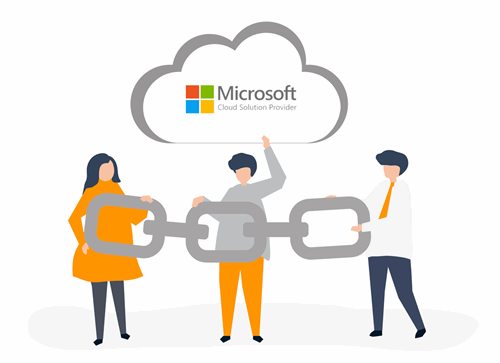Co-founder and a Managing Partner at CSW Solutions. You can find Yoel on LinkedIn and Twitter.
In this post, we will review how mistakes can affect your digital transformation. The growing world of cloud also means that there are more ways to lose when it comes to cloud migration. Any mistake can be costly but we're here to tell you that potential problems and setbacks can be completely avoided with the right resources and adequate planning. Here are the top five mistakes that could derail your migration to Azure:
In order to succeed in your Azure cloud migration, you'll need a completely defined cloud strategy. A complete cloud strategy considers funding, training, and resolving organizational problems in addition to implementing the technology itself. Creating a complete cloud strategy should also include a detailed migration plan that is defined with the least interruption while making the most of your resources. When defined with your infrastructure in mind, it can be a large-scale detailed plan or it could be scaled down to a small and simple plan to be completed in stages or all at once within a reasonable period of time. The most important thing is to have a cloud strategy and migration plan that will guide you through the process.
To get your Azure cloud migration right, you must first decide which form of cloud architecture you will require; IaaS, PaaS, or SaaS. Each form will necessitate varying levels of internal support from your company or cloud partner. The right cloud architecture will be based on circumstantial variables such as available technology, management tools, security, and compliance certifications as well as pricing and billing methods that are crucial for your cloud migration success. Consider all aspects of your business needs, current ones and future ones, before making a decision.
The cloud has many advantages and continues to have the most versatile solutions for your data and business growth but it may not be a fit for every application. Legacy apps often have design and support issues that may be unsuitable for a cloud migration. These types of apps could rely on outdated versions of software from their operation system to archetypal development environments that aren't supported on the Azure cloud. The same can be said about custom-built software that your organization might be using. In this case, it is important to consider migrating critical business applications to cloud-supported technologies before migrating to the cloud.
Migration strategies like, "lift and shift" can usually migrate you to the cloud faster than redesigning the applications in use but this comes with a price. In the cloud, you pay per usage, which means when applications are not optimized to the cloud, they could be using more resources than they actually need. By that method, they end up with far more cost to maintain. This also applies to the data stored by the application and moved to the cloud. You could be storing a lot of needless data by storing several copies of databases or non-relational data, or have inconsistent data models across applications. Storing all this data will carry larger costs in the cloud with unnecessary data storage. The costs add up!
Migrating to the Azure cloud or any other cloud platform is a significant undertaking for any organization. While your cloud provider will likely provide some basic level of support, your IT team will take on the responsibility of monitoring and managing your Azure cloud infrastructure. Time, budget, and resources will have to be allocated to train your employees on the Azure cloud platform.

However, if your team doesn’t have the technical capability nor the expertise to begin with, it would be in your best interest to work with an experienced, local Cloud Solutions Provider like CSW Solutions. Our team designs, implements, supports, and manages the Azure cloud platform for clients in the greater Chicago area.
Contact us so we can help you avoid costly mistakes during your Azure cloud migration.